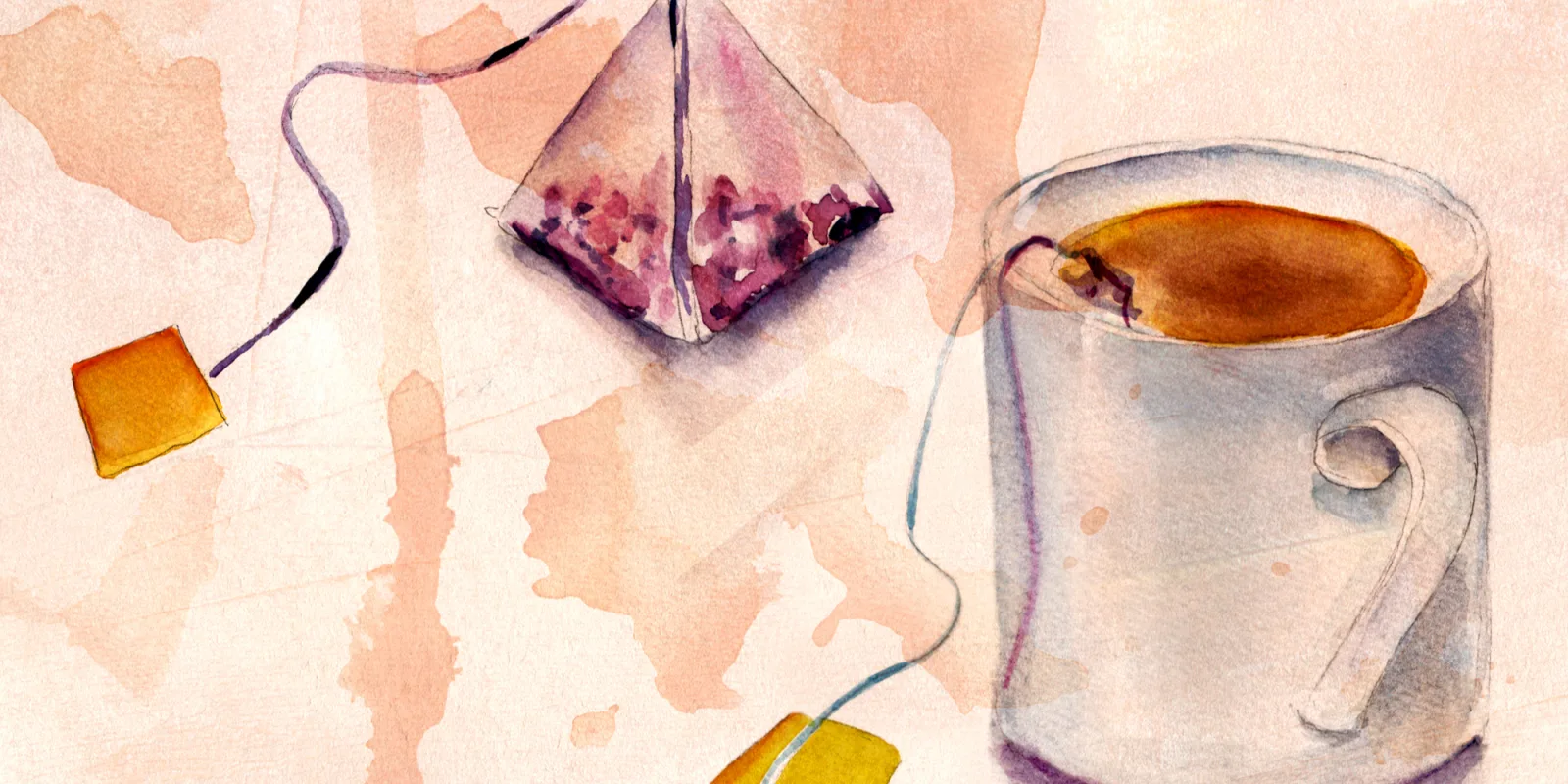
Dr. Nina Hu's "tools":
Alligator forceps: For impromptu extractions
Tea: To take care of herself and her peers
Curiosity: For more nuanced interviewing and charting
The stereotype that doctors have terrible handwriting doesn’t apply to Dr. Nina Hu, MD. In fact, she practices calligraphy on the go on receipts or whatever else she can get her hands on. She is colorful, bubbly, and whimsical - a stellar combination in her job as a pediatric attending physician in a busy Manhattan emergency department. When she isn’t taking care of sick children, Nina pursues a M.S. in Narrative Medicine at Columbia University, a unique kind of training that is teaching her to be more present and attentive, even in the chaos of an emergency setting.
Nina’s never-fail, introductory assessment question to parents of sick children is, “What is worrying you?” Too often, parents aren’t given the space to share the deeper background story that brought them to the emergency room. Their child may seem to just have a headache, but it’s the memory of their other child that had headache-turned-meningitis that is fueling their concerns. “To us, ‘my baby has a fever’ isn’t always an emergency, but to this new mom it very much is. I try to pause and consider every individual and get to the bottom of their worries,” Nina shares.
Nina believes that emergencies are subjective and that no one should be dismissed in their moment of crisis. “Bearing witness” to children and their caregivers helps with managing expectations in the ED. “I try to remember that they come in not always knowing the process and flow and that’s not their fault.” In the predominantly Hispanic Washington Heights neighborhood where Nina practices, many families have Medicare coverage and oftentimes, the ED is utilized when pediatricians’ offices are closed on weekends. To better care for this population, Nina makes sure to partner with the on-site Spanish interpreter, asserting that face-to-face interpretation is best when possible.
In the oversized tote bag Nina brings to work, there is always a pair of alligator forceps, for when the opportunity to remove a foreign object from a bodily orifice presents itself. Nina’s bedside manner could be described as clever and caring. When she needs to examine a baby’s ear, for example, she employs her famous and effective immobilization technique: 1) Baby’s legs are in between the parent’s legs 2) Baby’s face is on their parent’s chest with the ear to examine facing out 3) Parent hugs baby to comfort and keep them still. Nina knows her best tool in caring for children is their parent/caregiver and empowers them by involving them at the right moments.
Also in Nina’s tote bag is a large collection of tea bags. Nina is always looking out for her co-workers. If someone is sick, she’ll offer them honey ginger tea. “It’s always more enjoyable when you are friends with the people you work with.” She knows everyone by name and is never one to call a colleague “the nurse.” She builds community in the ED by trading lipsticks with her nurse practitioner friend or getting the Spanish interpreter nail polish as a token of appreciation. When she’s feeling stressed out, she talks things out with the charge nurse and reminds/enforces everyone around her to take a break and eat. Nina cares for her colleagues as much as she does for her patients, bringing positivity to a place that can be so stressful.
To Nina, every single child that passes through her care is special. She honors them by infusing her documentation with unique patient notes. This helps when charting begins to all blur together. For example, she may reference that a boy told his mother he wanted cake. In Nina’s mind, this piece of information is telling - he loves cake, he’s well enough to want to eat cake, and he is talking and breathing well enough to have a conversation with his mother. Charting is how clinicians story and ultimately, Nina wants to tell a complete and human one for all of her patients.
Image by Plateresca / Shutterstock






